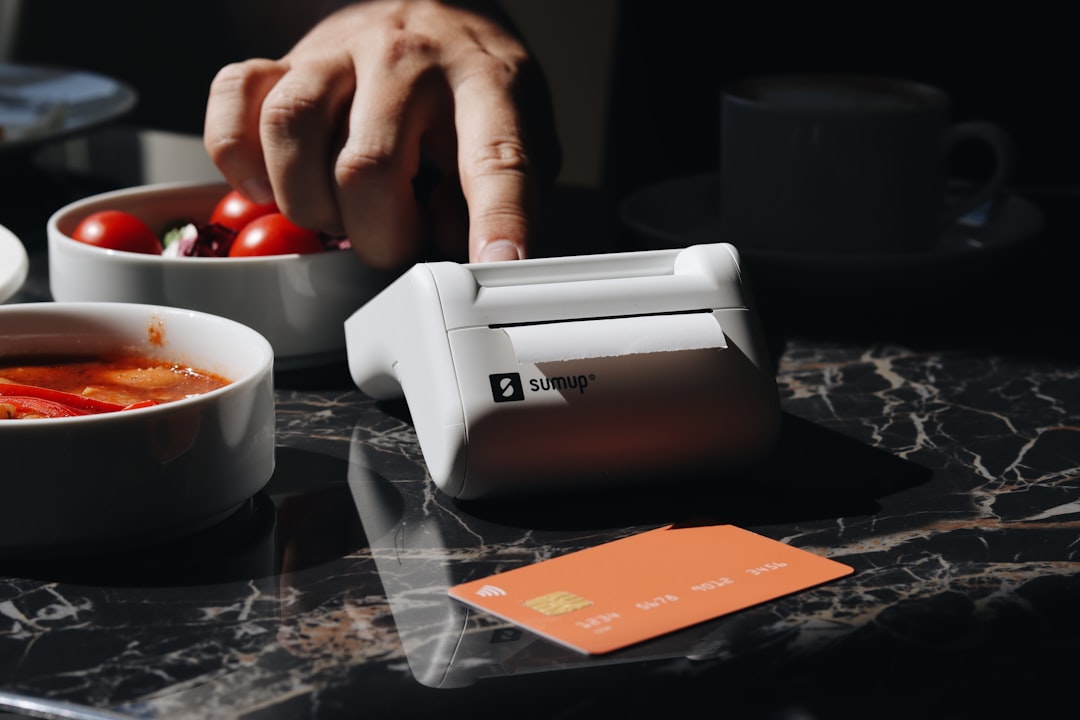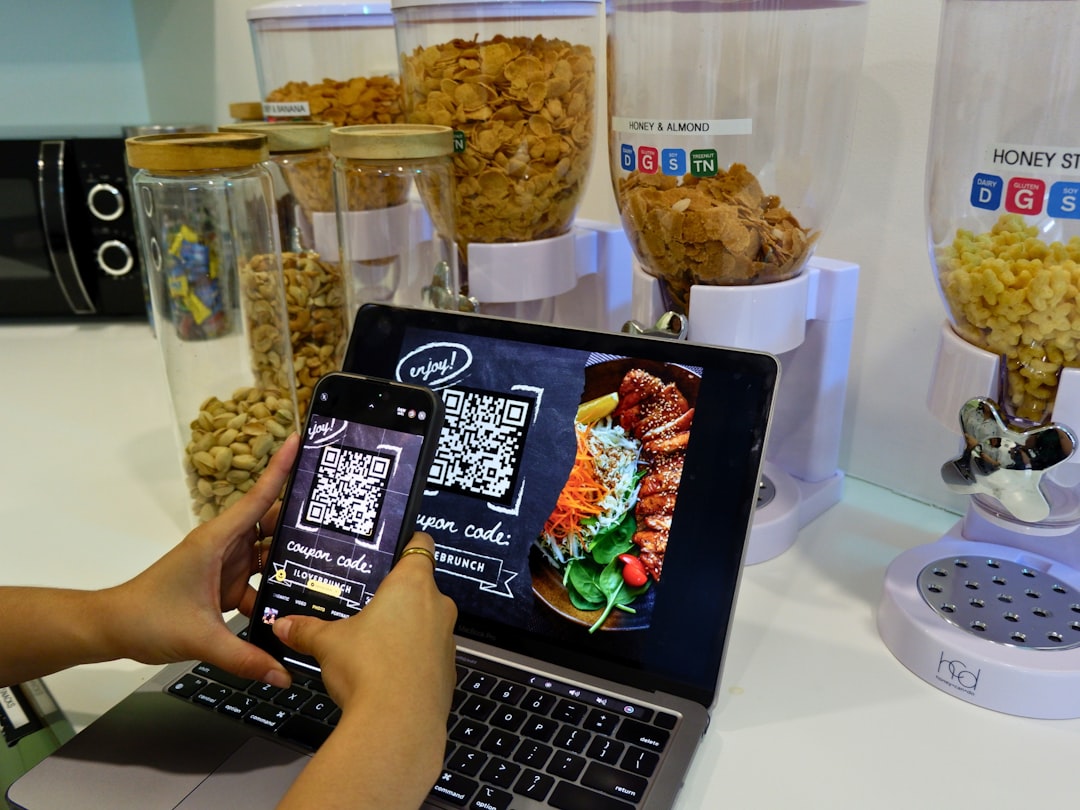Restaurant technology is evolving rapidly. But with every new digital tool promising to revolutionize your operations, one question remains critical: Is it actually worth the investment?
Let's cut through the hype and examine how to properly evaluate the return on investment (ROI) of restaurant technology—because in this industry, every dollar counts.

Return on Investment measures the profitability of your technology investments relative to their cost. For restaurants, this calculation goes beyond simple math:
ROI = (Net Profit from Investment ÷ Cost of Investment) × 100
But restaurant ROI evaluation requires looking at both tangible and intangible returns:
Think of ROI like your kitchen equipment—some tools (like high-end knives) deliver immediate value, while others (like a custom ventilation system) provide benefits that compound over time.
Before implementing any new technology, document your current performance:
These benchmarks provide the comparison points for measuring improvement. Without this baseline, you're essentially cooking without tasting your food along the way.
Be thorough when calculating the total investment:
The hidden costs often tip the scales. One restaurant owner told me they spent more on staff overtime during implementation than on the actual software—a cost they hadn't factored into their initial calculations.
After implementation, measure improvements in:
Digital menu investments often achieve ROI within 9 months due to rapid cost savings and revenue gains, according to WAND Corporation research. Understanding your break-even point helps set realistic expectations.
Consider creating a month-by-month projection that shows when cumulative benefits will surpass your initial investment. This helps you weather the implementation dip that often occurs when new systems are first introduced.
Rather than focusing solely on increasing sales volume, evaluate how technology affects your profit margin on each transaction. Digital tools that enable dynamic pricing, upselling, or reduced operational costs can significantly improve HMPT.
For example, a self-service kiosk that consistently recommends premium add-ons might increase average check size by only $1.50, but if that's pure profit, it adds up quickly across thousands of transactions.
Calculate how technology impacts your labor costs:
Labor Efficiency = Revenue Generated ÷ Labor Hours
Effective digital tools should increase this ratio by allowing staff to serve more customers or process more orders per hour.
A Maine seafood restaurant found their servers could handle 25% more tables after implementing tableside ordering technology, directly improving their labor efficiency ratio while enhancing the guest experience.

While harder to quantify, technology that improves the customer experience can dramatically boost lifetime customer value:
Retention ROI = (Customer Lifetime Value × Retention Increase) - Technology Cost
Even a 5% increase in customer retention can boost profits by 25-95%, according to research from Bank of America, making retention-focused technology potentially your highest-ROI investment.
Multiple disconnected systems create inefficiency and increase costs. Platforms that integrate multiple functions (POS, delivery management, loyalty programs) into a single system typically deliver higher ROI by reducing complexity and training requirements.
A unified platform like Spindl can streamline operations by integrating order taking, delivery management, self-service, and loyalty programs into one system, eliminating the chaos of juggling multiple platforms.
The math is simple: each additional system means more training time, more potential points of failure, and more mental bandwidth from your team. Fewer systems = fewer headaches = better performance.
The most valuable restaurant technologies provide actionable insights:
Data without action is just noise. The right technology turns your operational data into a recipe for success.
Focus technology investments on automating repetitive, time-consuming processes:
As one restaurant owner using a unified platform noted, "We've gone from juggling chaos to running like a machine. All our orders flow through one screen. Less stress, fewer mistakes, more money in the till."
The best automation investments are those that free your team from robot work so they can focus on the human touch that builds customer loyalty.
A restaurant owner with several locations implemented a centralized management platform and achieved:
The centralized platform allowed them to implement best practices across all locations simultaneously, creating a multiplier effect on their ROI that wouldn't be possible with location-by-location improvements.
A quick-service restaurant shifted to 100% self-service ordering and reported:
The owner particularly valued how the system eliminated order anxiety during rush periods: "Before, we'd have a line out the door and stressed staff making mistakes. Now customers take their time with selections, staff focus on preparation, and everyone's happier."
Many restaurants underestimate the time required for staff to become proficient with new systems. Factor training time and initial productivity dips into your ROI calculations.
Think of technology implementation like opening a new location—expect a ramp-up period before you hit your stride. The restaurants that plan for this temporary efficiency dip are the ones that achieve the strongest long-term ROI.
Some technology benefits compound over time. Customer data collection, for instance, may not show immediate ROI but becomes increasingly valuable as you gather more insights.
Smart operators think of technology investments like they would a house—you're building equity over time, not just paying for immediate shelter.
According to Restaurant Business Online, many operators struggle to quantify the profitability of tech investments, particularly in areas like customer retention or brand loyalty. Don't overlook these critical factors.
The most valuable benefits often can't be measured directly on a balance sheet. When KotKot implemented an integrated ordering system, the owner reported: "The reduction in staff stress alone made the investment worthwhile. Happy staff create happy customers."
Before investing in any restaurant technology, ask these questions:
These questions force you to think beyond the sales pitch and evaluate technology based on your specific business context. Remember: what works for a high-volume QSR might be disastrous for a fine dining establishment.
The restaurant industry is increasingly adopting AI-driven tools like predictive analytics and automated kitchens to address labor shortages and rising costs, according to Bank of America analysis.
As technology evolves, successful restaurants will be those that maintain a disciplined approach to ROI evaluation while remaining open to innovations that transform the dining experience.
The most forward-thinking operators are already exploring how AI can optimize everything from inventory forecasting to personalized marketing. The ROI potential is enormous, but so is the risk of implementing solutions that aren't ready for prime time.
Start by auditing your current technology stack. Identify overlapping systems, measure their actual usage, and calculate their true costs. This baseline assessment will help you identify opportunities for consolidation and optimization.
Remember that the highest ROI often comes not from adding more technology, but from implementing the right integrated solutions that address your specific operational challenges. Focus on platforms that grow with your business and adapt to changing customer expectations.
The most successful restaurant technology implementations are those that balance innovation with measurable returns—keeping your operation efficient, your customers satisfied, and your bottom line healthy.
